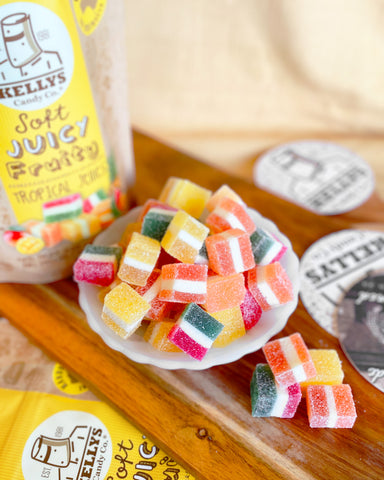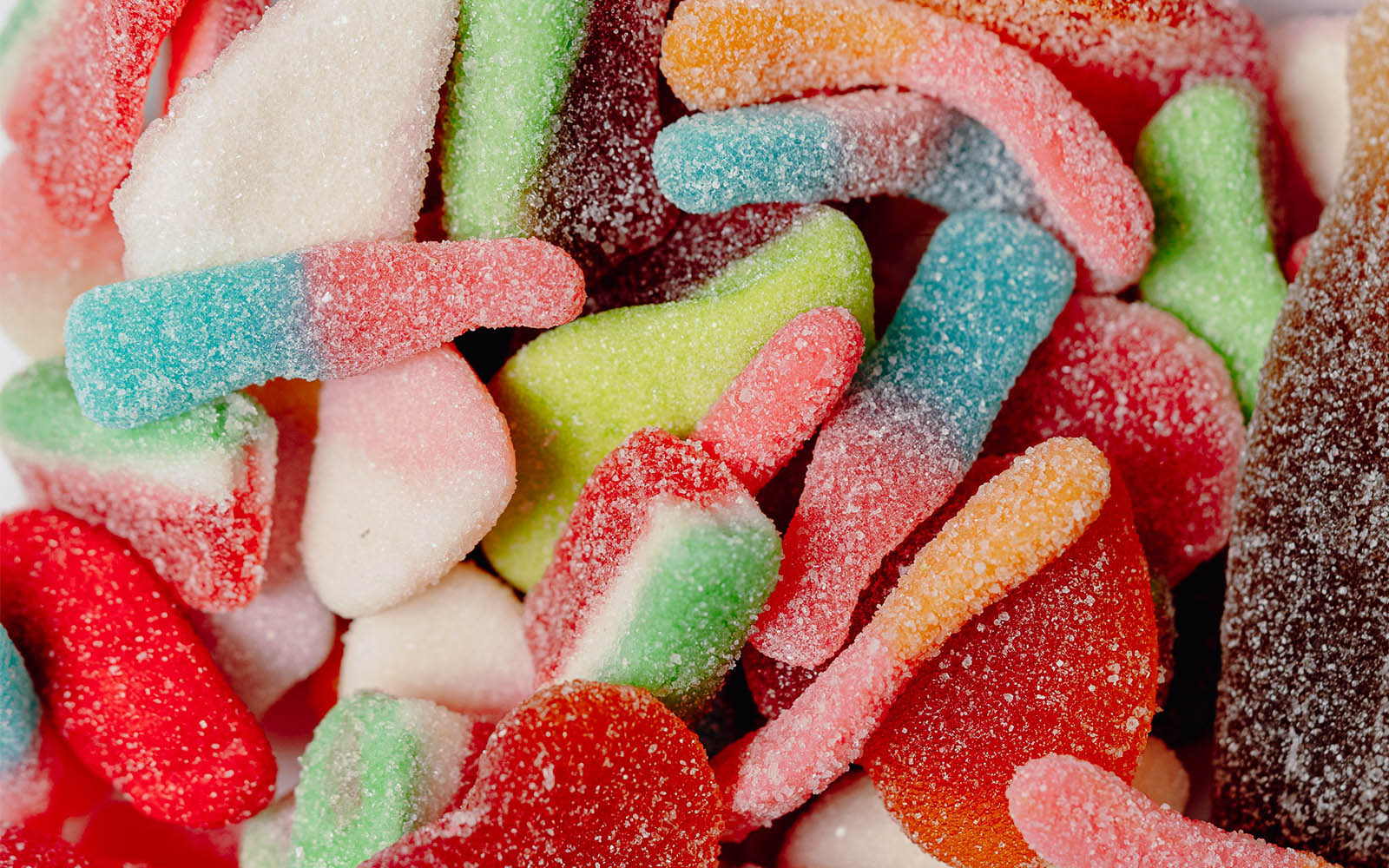A Biased View of I Luv Candi
A Biased View of I Luv Candi
Blog Article
Our I Luv Candi PDFs
Table of ContentsThe Ultimate Guide To I Luv CandiExcitement About I Luv CandiI Luv Candi - QuestionsI Luv Candi Can Be Fun For Anyone8 Easy Facts About I Luv Candi Shown
We've prepared a whole lot of organization plans for this sort of job. Right here are the typical consumer sectors. Consumer Sector Description Preferences How to Find Them Kids Youthful customers aged 4-12 Vivid candies, gummy bears, lollipops Companion with neighborhood institutions, host kid-friendly occasions Teenagers Teens aged 13-19 Sour sweets, uniqueness things, stylish treats Engage on social networks, team up with influencers Moms and dads Grownups with young youngsters Organic and much healthier choices, timeless candies Offer family-friendly promos, promote in parenting publications Students Institution of higher learning trainees Energy-boosting sweets, cost effective snacks Companion with neighboring campuses, advertise during exam periods Gift Customers People looking for presents Costs chocolates, gift baskets Develop captivating displays, provide personalized gift alternatives In analyzing the financial characteristics within our sweet-shop, we've located that clients normally spend.Observations suggest that a regular client often visits the store. Particular periods, such as vacations and special celebrations, see a surge in repeat brows through, whereas, throughout off-season months, the regularity could dwindle. spice heaven. Computing the life time value of an ordinary consumer at the sweet-shop, we estimate it to be
With these factors in consideration, we can reason that the ordinary earnings per customer, over the course of a year, floats. The most profitable customers for a candy store are frequently households with young youngsters.
This market has a tendency to make constant purchases, enhancing the shop's earnings. To target and attract them, the sweet-shop can utilize vibrant and spirited marketing techniques, such as vibrant display screens, memorable promos, and perhaps even hosting kid-friendly occasions or workshops. Developing an inviting and family-friendly ambience within the shop can also boost the general experience.
See This Report on I Luv Candi
You can likewise approximate your own revenue by using various assumptions with our economic strategy for a sweet store. Typical month-to-month revenue: $2,000 This sort of candy store is commonly a small, family-run company, maybe known to locals yet not attracting big numbers of tourists or passersby. The shop may supply an option of usual candies and a few homemade treats.
The store doesn't commonly lug uncommon or pricey things, concentrating instead on cost effective deals with in order to preserve regular sales. Presuming a typical investing of $5 per consumer and around 400 consumers per month, the month-to-month revenue for this sweet-shop would certainly be about. Ordinary regular monthly profits: $20,000 This sweet store take advantage of its strategic area in an active metropolitan area, bring in a large number of customers looking for pleasant extravagances as they shop.
Along with its varied sweet selection, this shop may additionally market relevant products like present baskets, sweet bouquets, and novelty items, offering multiple income streams - lolly shop sunshine coast. The store's place calls for a greater allocate lease and staffing however results in higher sales quantity. With an estimated typical investing of $10 per customer and regarding 2,000 clients each month, this store could generate
A Biased View of I Luv Candi
Situated in a significant city and tourist destination, it's a huge facility, typically topped multiple floorings and potentially component of a national or global chain. The shop offers a tremendous range of sweets, consisting of exclusive and limited-edition items, and goods like well-known clothing and accessories. It's not just a shop; it's a location.
The operational costs for this kind of shop are significant due to the location, dimension, team, and includes offered. Thinking an average acquisition of $20 per client and around 2,500 customers per month, this front runner store might accomplish.
Category Instances of Costs Average Month-to-month Price (Range in $) Tips to Lower Expenses Lease and Utilities Store rent, electrical energy, water, gas $1,500 - $3,500 Take into consideration a smaller location, work out rental fee, and make use of energy-efficient lights and home appliances. Inventory Candy, treats, product packaging materials $2,000 - $5,000 Optimize inventory monitoring to minimize waste and track popular products to avoid overstocking.
Advertising And Marketing Printed materials, online advertisements, promotions $500 - $1,500 Concentrate on economical digital advertising and marketing and make use of social media sites platforms free of cost promo. carobana. Insurance policy Company obligation insurance policy $100 - $300 Shop around for competitive insurance prices and think about bundling policies. Equipment and Upkeep Sales register, show racks, repair services $200 - $600 Buy secondhand equipment when feasible and execute normal maintenance to extend tools life expectancy
Getting My I Luv Candi To Work
Credit History Card Handling Costs Charges for refining card settlements $100 - $300 Discuss lower handling fees with payment cpus or check out flat-rate choices. Miscellaneous Workplace supplies, cleansing materials $100 - $300 Get in bulk and seek discounts on supplies. A sweet-shop comes to be profitable when its total profits surpasses its complete fixed prices.

A big, well-located candy store would clearly have a greater breakeven factor than a little store that doesn't require much revenue to cover their costs. Curious about the profitability of your sweet shop? Experiment with our user-friendly financial strategy crafted for sweet-shop. Merely input your very own assumptions, this website and it will aid you determine the amount you require to earn in order to run a profitable organization.
How I Luv Candi can Save You Time, Stress, and Money.

Financial declines that decrease consumer costs can impact sweet shop sales and profitability, making it important for sweet shops to manage their expenditures and adjust to altering market problems to stay successful. These dangers are typically included in the SWOT evaluation for a sweet shop. Gross margins and net margins are essential signs made use of to determine the earnings of a sweet-shop business.
Basically, it's the earnings staying after subtracting expenses straight pertaining to the sweet supply, such as acquisition expenses from vendors, production prices (if the sweets are homemade), and staff salaries for those included in production or sales. Web margin, on the other hand, consider all the expenses the sweet-shop incurs, consisting of indirect costs like administrative costs, advertising and marketing, lease, and taxes.
Sweet stores generally have an average gross margin.For instance, if your sweet store earns $15,000 per month, your gross profit would be about 60% x $15,000 = $9,000. Consider a candy store that offered 1,000 candy bars, with each bar priced at $2, making the overall profits $2,000.
Report this page